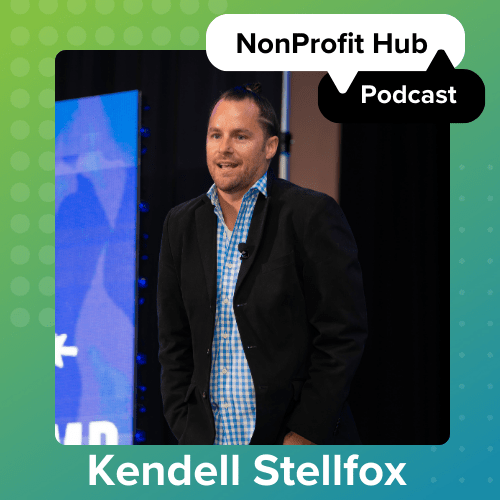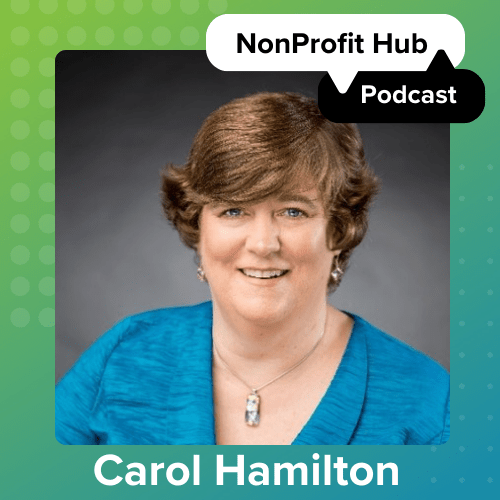This article originally ran in our Nonprofit Hub Magazine, a free bi-monthly magazine dedicated to providing focused content on a particular topic.
In our November/December 2014 edition, we explored how to build your 2015 marketing plan. To reserve your free copy of our next issue, sign up today.
————————————————
By now you know that content marketing is all the rage, and we promise you, it’s just going to become a bigger deal in the coming year. When planning your marketing strategy for 2015, you’ll want to give your content marketing efforts some serious consideration.
One way to get organized and more strategic is to use an editorial calendar. An editorial calendar provides you with a broad overview of your whole content marketing plan and outlines exactly what needs to be completed when. Plus, you’ll be able to better assign tasks, assignments and topics when you plan out your content for weeks or months at a time as opposed to just winging it day by day.
Here are six steps to getting your editorial calendar started.
1. Define your audience.
Before you even start planning the type of content you’re going to share, make sure you know who you want to reach. Has your organization developed personas? Visit us online (nonprofithub.org) to find out how to do that. Personas can give a face to your audience and help you picture a typical reader. When you write, it’s helpful to imagine writing to one individual—that’s how people read your content (as individuals, not groups) and it’ll make your voice more personable.
2. Decide where your content will live.
Do you have a blog? Are you posting to Facebook? Twitter? Instagram? A YouTube channel? Determine exactly where you’re going to share content and what type. This might involve some testing, so be patient. For example, you may establish a regular schedule of posting on Facebook and be met with the sound of crickets. That’s okay—if you don’t see much engagement there, maybe you’ll find more on Twitter. The type of engagement you’ll find on social networks can vary from one organization to the next, but we recommend that every nonprofit create and maintain a blog. It’s the easiest and most effective way to share content.
3. Determine how often you’ll post.
Depending on how many writers/photographers/video makers you have, be realistic. Content creation takes time and it’s important to choose a frequency that’s sustainable for your organization. It’s better to create a realistic plan and be consistent throughout the year than to barrel out of the gates at full throttle, posting every day, then burn out by the end of the month. Also, remember—your content creators don’t have to be just staff members. Your bloggers should have a connection to your NPO, yes. But they could be board members, volunteers or constituents. Anyone passionate about your cause who can write, basically.
4. Make your calendar shareable.
You can find several ways to do this online, from using Google Calendars to a simple spreadsheet. Whatever you choose, give every content creator access to it so that everyone is on the same page. Literally.
5. Plan special themes.
Many magazines highlight different themes each month. You can apply a similar approach to your content marketing. For example, maybe choose the top 12 biggest concerns or interests your target audience has and address a different topic each month. You can also tie some of your content into holidays or seasonal themes. This not only makes it easier for your regular content team to write and create, but it’s also helpful if you choose to use guest contributors.
6. Keep a bank of evergreen content.
This is content that’s not date-centric, seasonal or event-focused; it’s always relevant and useful for your readers. Creating a bank of evergreen content is important for a few reasons. One, it gives you something to fall back on when schedules get busy or people have to miss a deadline. It’s also great for SEO purposes, especially when it comes to blogging, because this is the type of content that readers will search for beyond a few weeks or months.
Creating an editorial calendar is the perfect way to be more strategic with your content marketing efforts and maximize its impact in the coming year.






